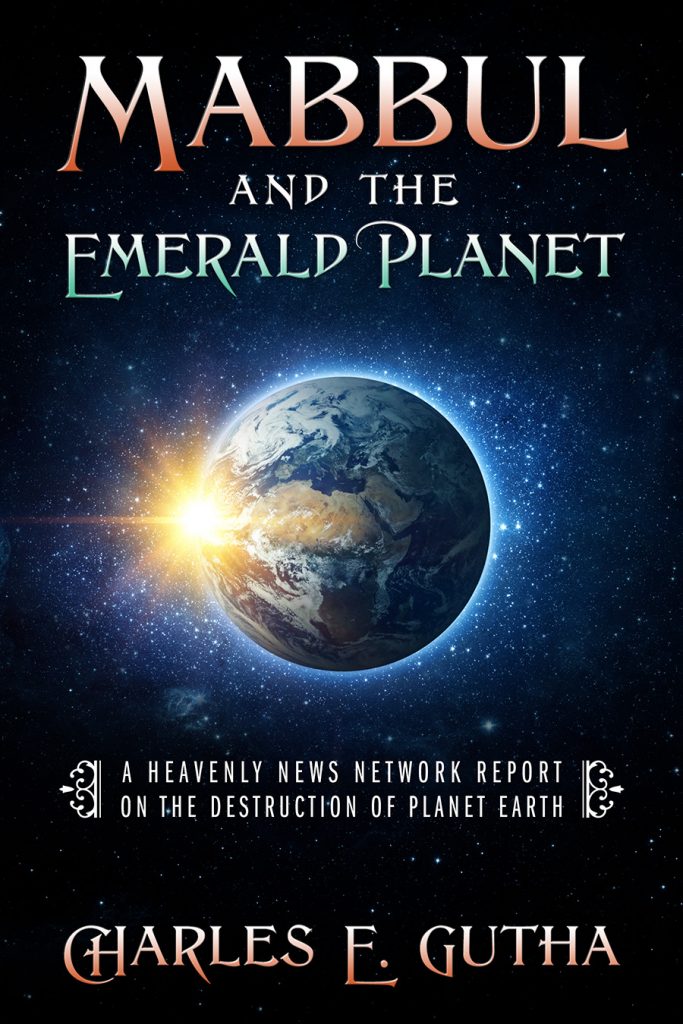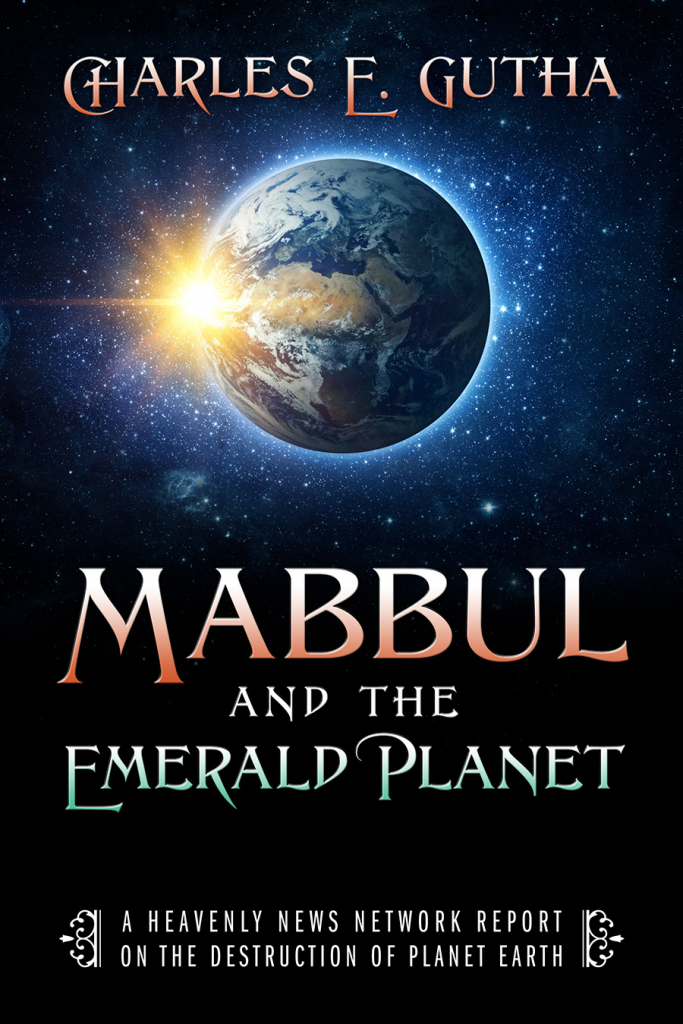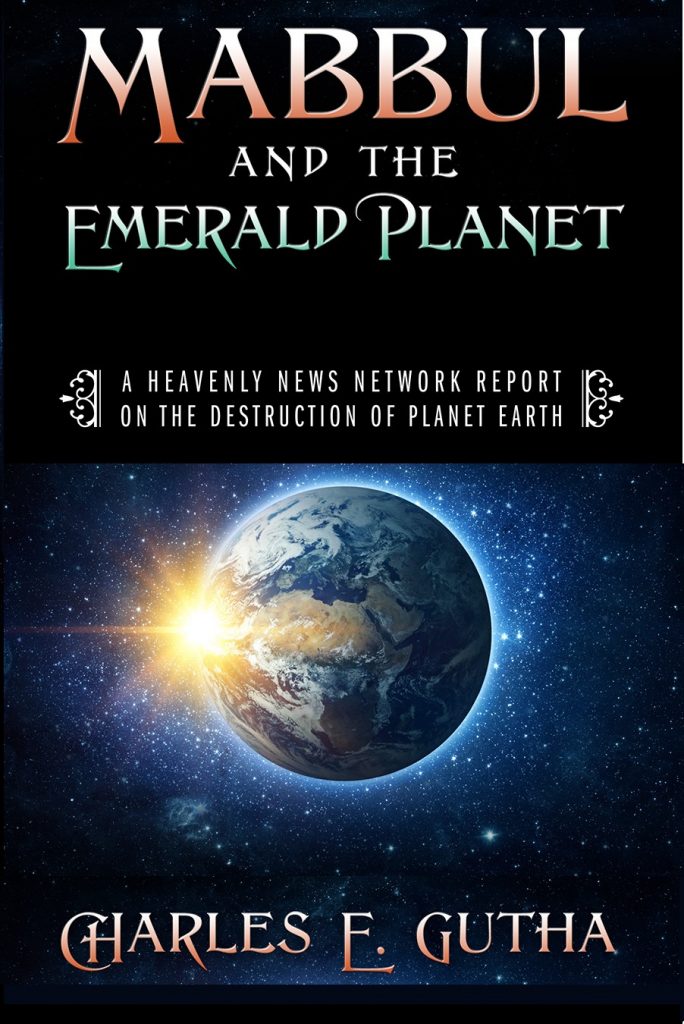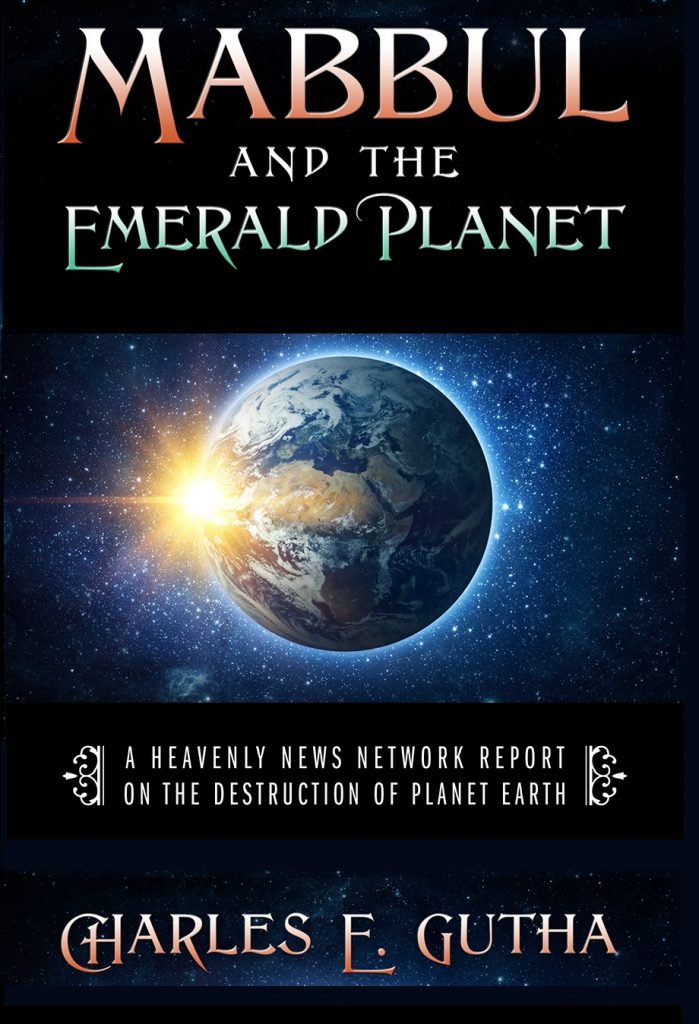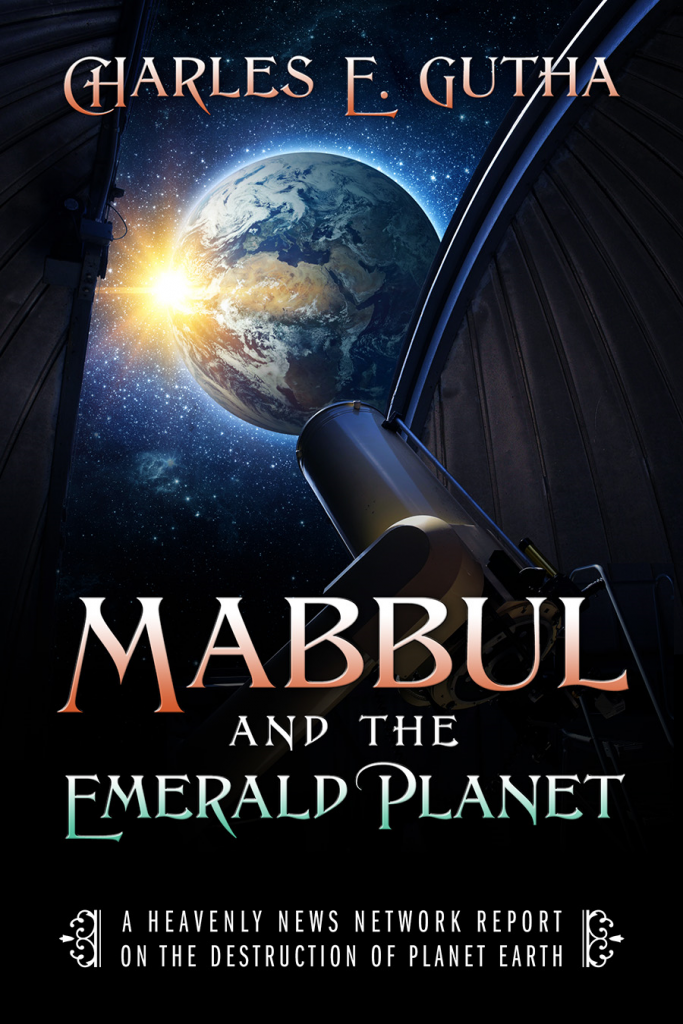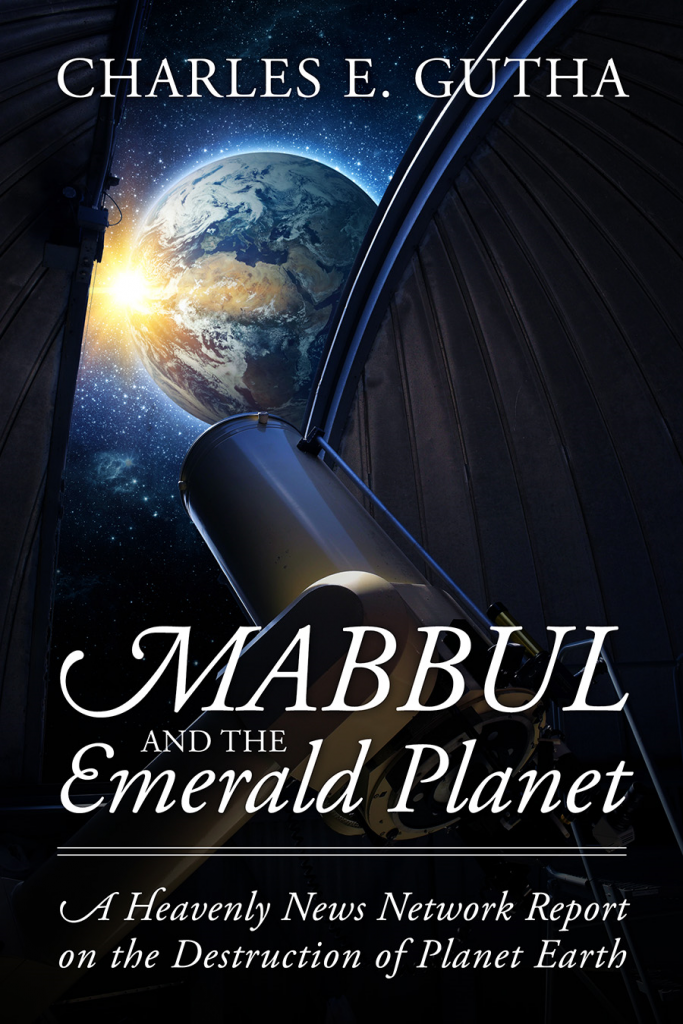Hello, My name is Professor Tur. Do not let this tweed suit fool you. In reality
I was fortunate to have been assigned the portion of the Milky way galaxy, which includes the solar system, and especially the planet Earth. from its inception.
Our duty is to search out the secrets of creationand allof nature.
From the beginning of creation, my job has been to explore and catalog the sciences of this universe. I was there when El created time, The elements, electromagnetism, gravity, the universe, plant life, sea life, animal life and mankind. We spent over sixteen hundred years learning the secrets of creation as best we could, Unfortunately, El created everything with such intricacies and infinite detail that many of the secrets of life are still not understood.
For example, we still do not understand electromagnetism, or gravity, and we definitely cannot control time.
I wrote a chapter explaining and elaborating on the evidence showing that the speed of light is slowing down. But the proffers of the book thought it was too complicated so we moved it into the deleted chapters.
I suppose, however, I should discuss the events of this episode.
I was given a special assignment explaining some of our discovers of how the mabbul or flood might take place. The first thing I need to explain is what the world might have looked like before the flood according to the hydroplate theory. /You see, the earth did not look at all like it does now. It had a continuous crust about ten miles thick with a thin layer of pressurized water between the crust and mantle. It had no oceans like we have today. instead maybe small seas . no oceans
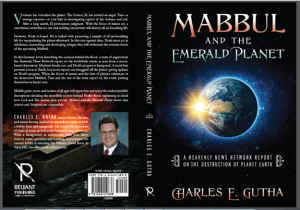 Next page: Sample chapters
Next page: Sample chapters
